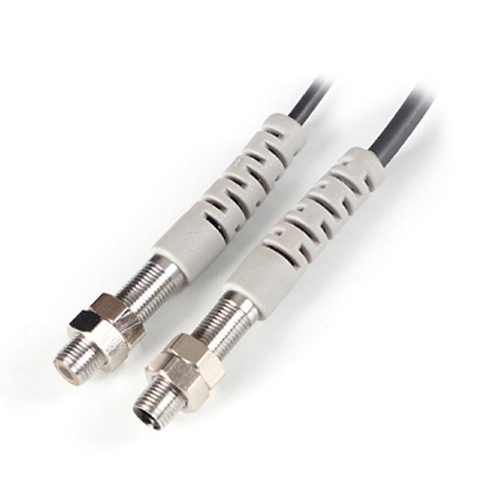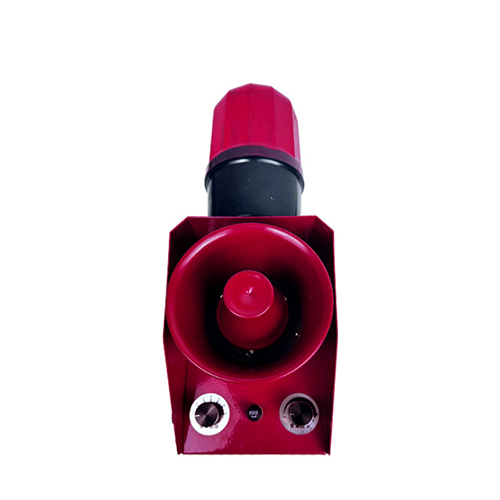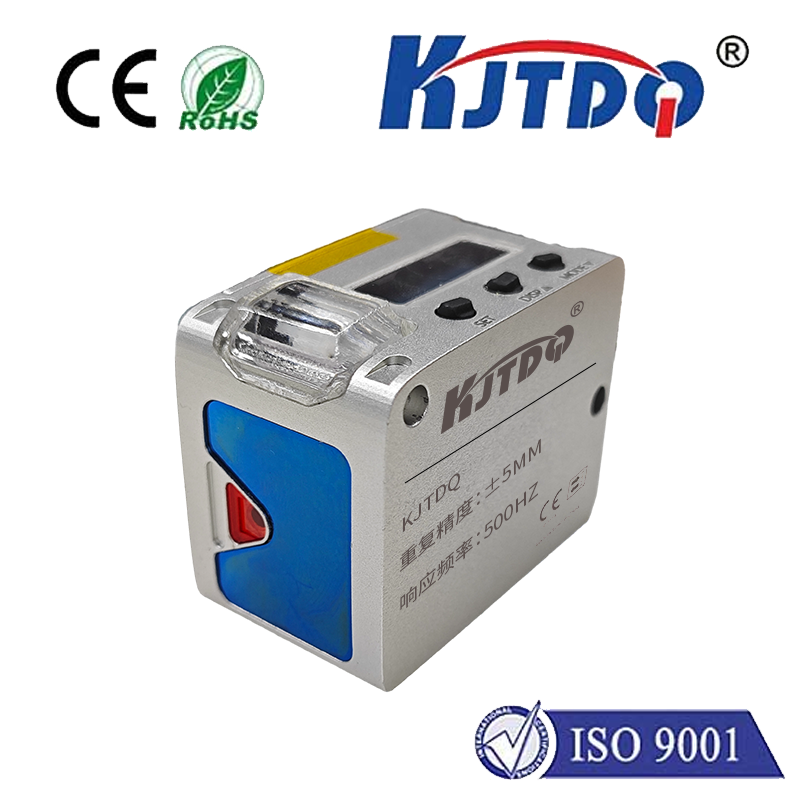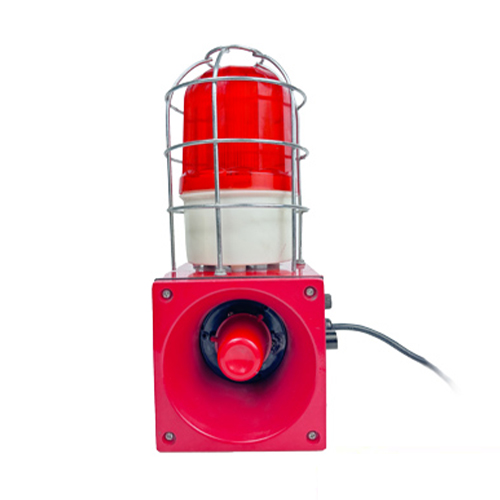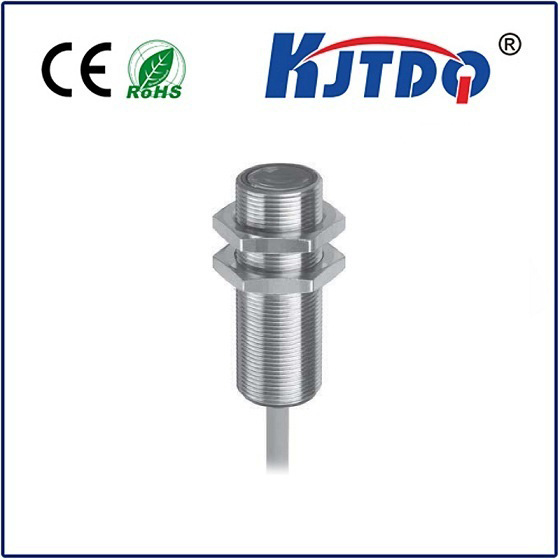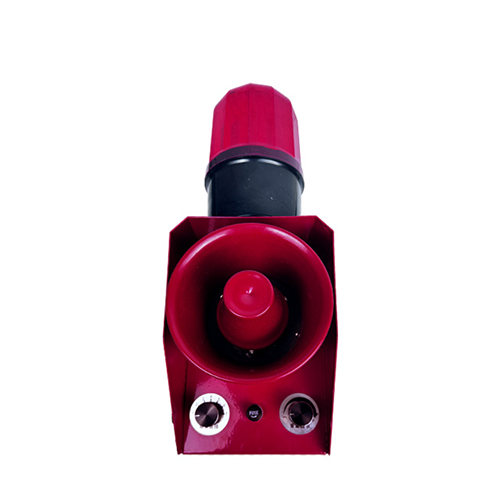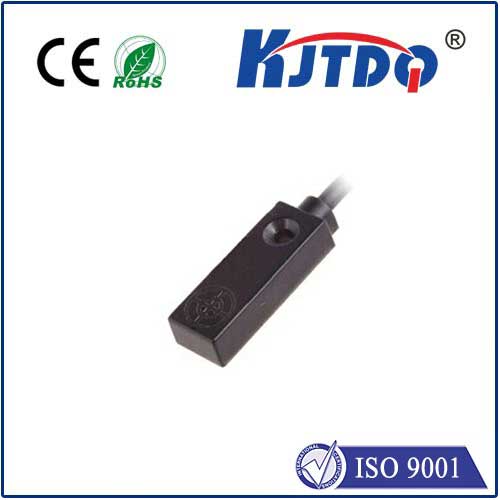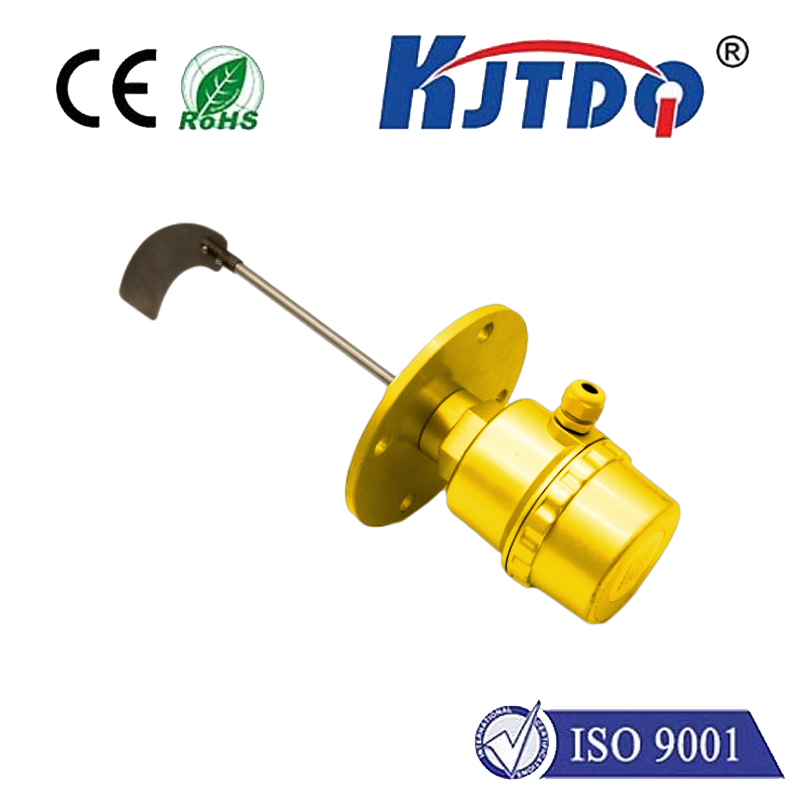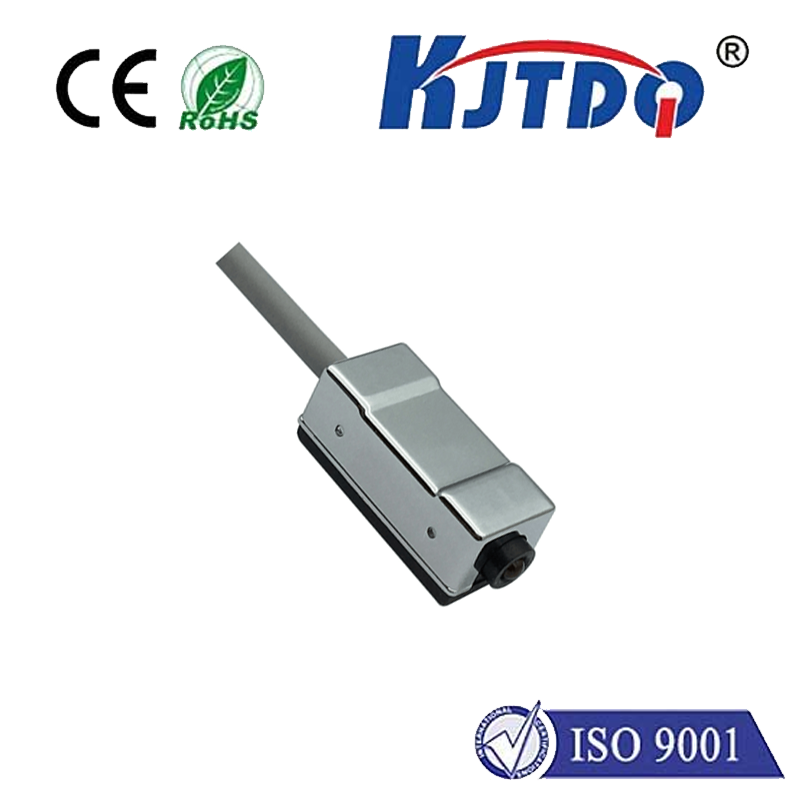

check

check

check

check

check

check

check

check

check

check
Sensors play a very important role in various systems of the car. Common sensors in cars include:
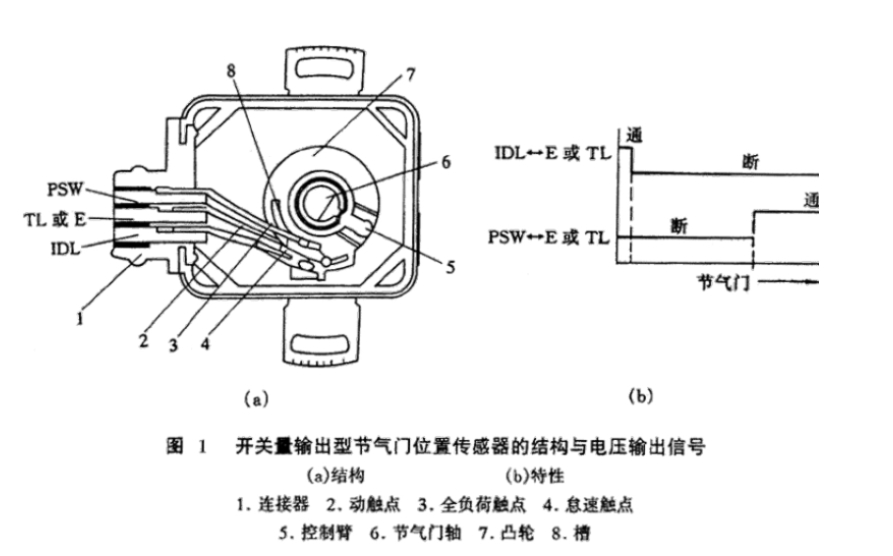
1. Throttle position sensor (TPS): monitors the opening of the throttle, reflects the input signal from the driver's pedal, and is used to control the engine's fuel supply and ignition timing.
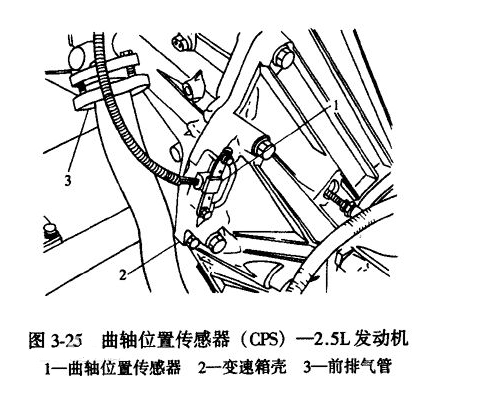
2. Crankshaft position sensor (CKP): monitors the rotation speed and position of the crankshaft and is used to control the ignition system and fuel injection system.
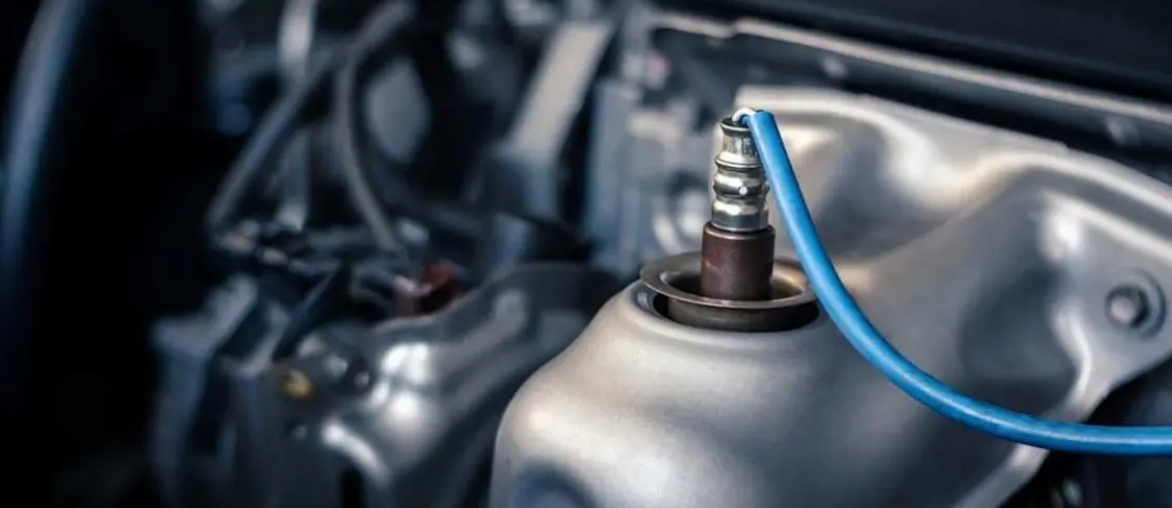
3. Oxygen sensor (O2 sensor): detects the oxygen content in the engine exhaust and is used to adjust the fuel supply to achieve the best combustion effect and exhaust emission control.
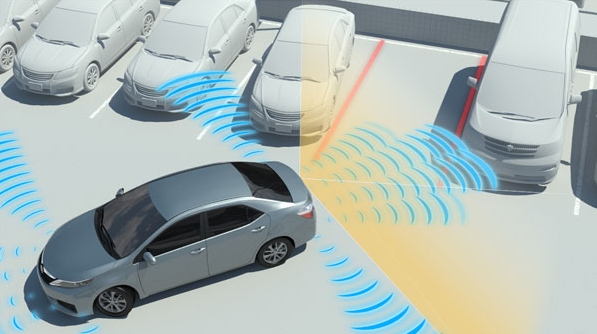
4. Sonar sensor: Used to detect obstacles around the vehicle when reversing, and issue warning sounds or display warning signals.
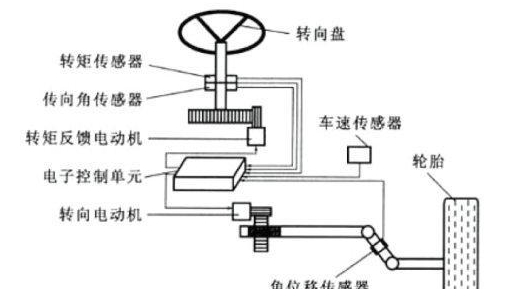
5. Steering angle sensor: Monitors the steering angle of the steering wheel and is used in electronic power steering systems and stability control systems.
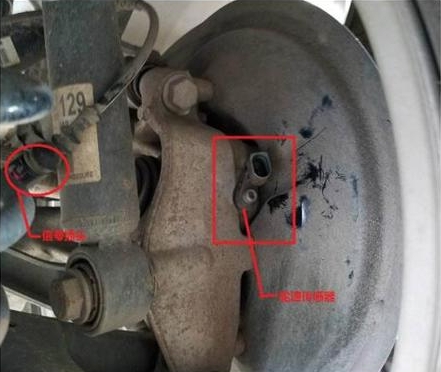
6. Wheel speed sensor: measures the rotation speed of the wheels and is used in anti-lock braking systems (ABS), power distribution systems and traction control systems.
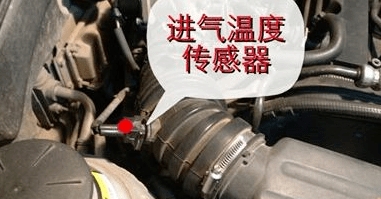
7. Intake air temperature sensor (IAT): measures the temperature in the intake pipe and is used for fuel supply control and engine control strategy.
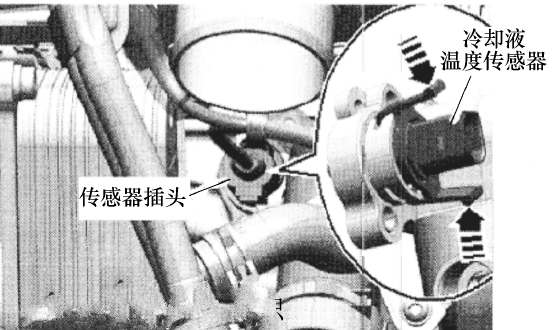
8. Coolant temperature sensor: monitors the temperature of the engine coolant and is used to control the cooling fan switch and the working status of the cooling system.
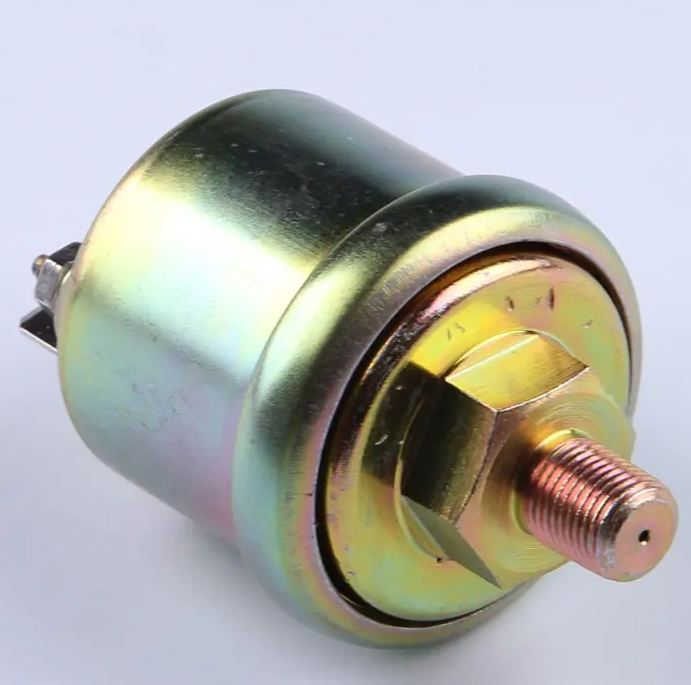
9. Oil pressure sensor: measures the oil pressure in the engine oil circuit and is used to monitor the working status of the oil circuit and issue an alarm.
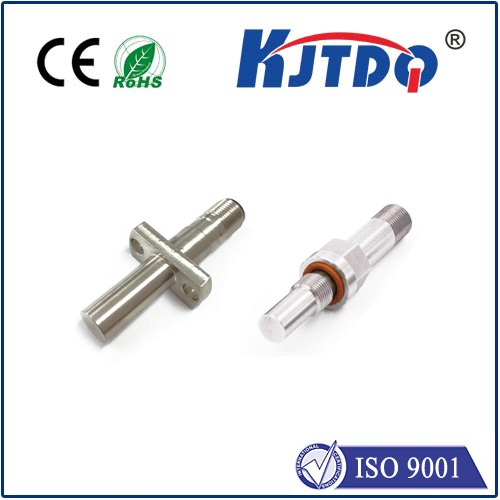
10. Vehicle speed sensor: measures the actual speed of the vehicle and provides it to the instrument panel and vehicle control system.
The data and signals from these sensors are sent to the vehicle's control module (such as engine control unit, brake control module, etc.) to control and regulate the vehicle system. Through real-time monitoring and feedback from sensors, vehicles can respond more intelligently to driver instructions, improving safety, performance and fuel economy.
